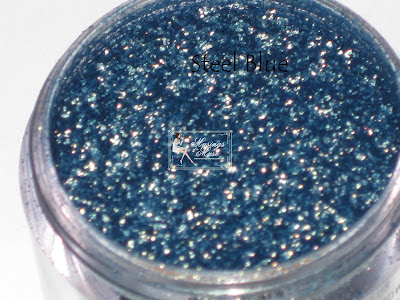

If you don’t like any of these default color schemes you can find others on the internet, or even create your own, using one of these files as an example.
#MACVIM COLOR SCHEME MAC OS X#
As an example, I just found all these files in the /usr/share/vim/vim72/colors directory on my Mac OS X system: vim, and begin with the name of the colorscheme. All the files end with the file extension. You can find your installed vim colorscheme files in the colors subdirectory of your vim installation directory. (For more information on vimrc configuration files, see my vim vimrc configuration file example.) What vim color schemes are installed?Ī common question at this point is “What color schemes are available on my system?” To use the desert colorscheme just add these lines to your vimrc file:
#MACVIM COLOR SCHEME WINDOWS#
I haven’t used Windows in a long time, but I think the filename is just vimrc on Windows’ systems. The vimrc file is located in your home directory, so on Mac, Unix, and Linux systems the vimrc file actually begins with a decimal (it’s a “hidden” file), so you can edit it like this:

in terminal emulators supporting 256 colors and in GUI Vim (GVim/MacVim). Once you’ve settled on a vim colorscheme that you like, you’ll want to configure that as the default colorscheme in your vim configuration file, vimrc. Apprentice is a dark, low-contrast colorscheme for Vim based on the awesome. Specifying a colorscheme in your vimrc file Note: If those color schemes don’t seem to make any change to your vim session, try some of the other color schemes listed below, such as darkblue, evening, shine, etc. If you want to use the desert color scheme instead, just specify it instead of delek, like this: Come for the hundreds of vim color schemes, stay for the awesome hjkl spatial navigation. Or, if you prefer less typing, just use the colo command, like this:Įither of these commands tell vim that you want to use the delek colorscheme. Check out the Old vim color schemes vimcolorschemes is the ultimate resource for vim users to find the perfect color scheme for their favorite development environment. If you’re in a vim editor session, just issue the vim colorscheme command from last line mode, like this: Using a vim color scheme is actually pretty simple. Note: In a previous version of this document I referred to both vim and the vi editor, and someone correctly pointed out that the two are not the same, especially in this case. Once a color scheme is added to this directory, it will appear as an option to the colorscheme. In this article I’ll take an easier route, and show how you can use existing color schemes in your vim editor sessions. User-installed color schemes can be placed in /.vim/colors/.
#MACVIM COLOR SCHEME HOW TO#
In an earlier vim color configuration tutorial I described how to have fine-grained control of your vim color settings.


 0 kommentar(er)
0 kommentar(er)
